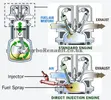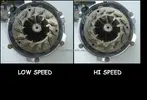Answers to commonly asked questions for reading, learning and general perusing. Like a mini-Renault-Wiki thing.
Please post any questions you would like answered and stored here and when the collective has answered I will edit it all into a nice tidy pile of useful stuff
Please post any questions you would like answered and stored here and when the collective has answered I will edit it all into a nice tidy pile of useful stuff
Last edited:


